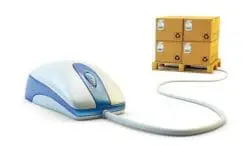The Streets are Paved with Gold for Gear Jammers as America Celebrates National Truck Driver Appreciation Week

America’s transportation infrastructure is crumbling, with traffic-clogged freeways, pothole-strewn side streets and aging bridges making travel as much an aggravation as an adventure. But for the nation’s 3.5 million truckers, these troubled byways have lately proven to also be yellow brick roads leading to prosperity….










